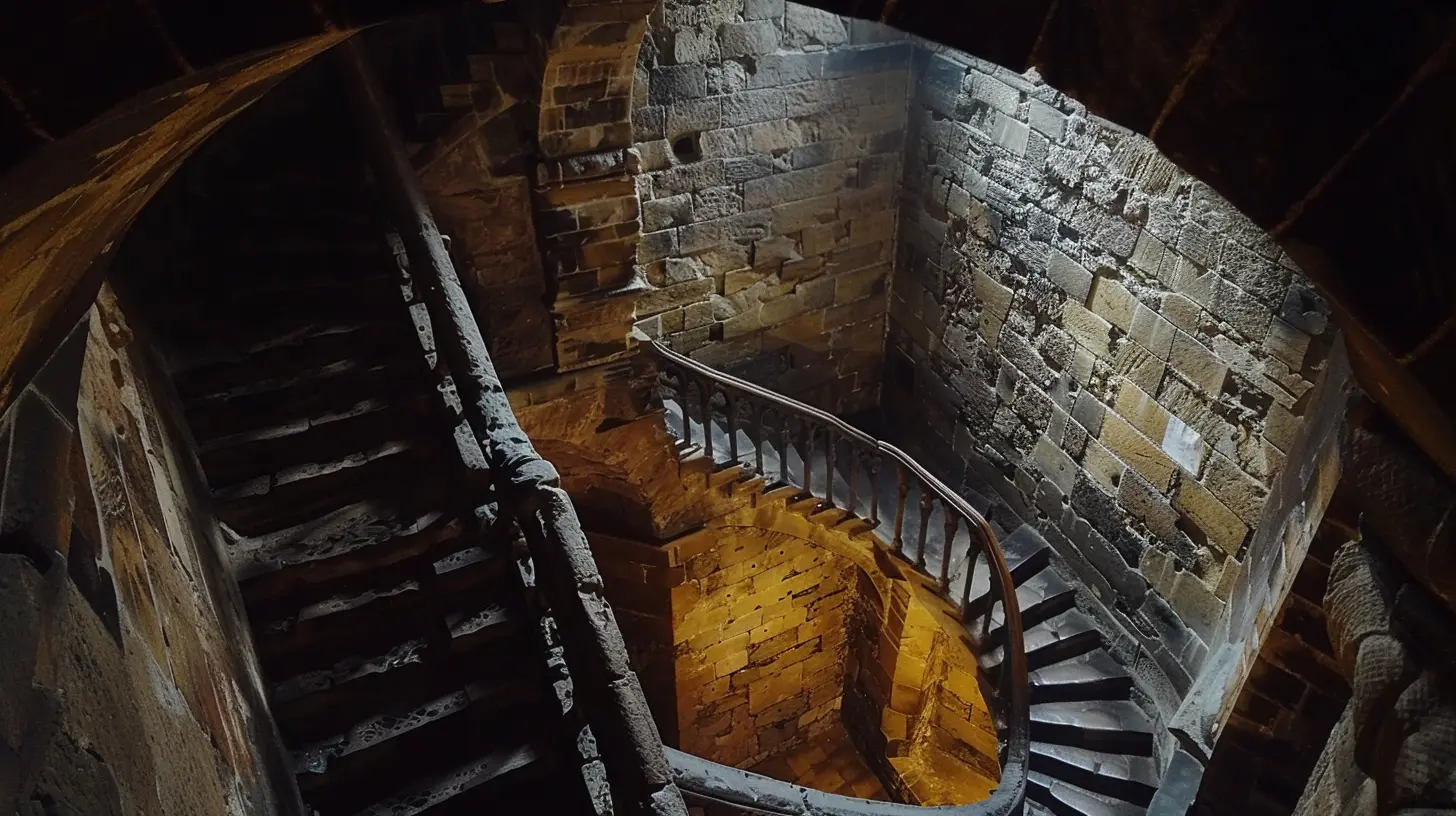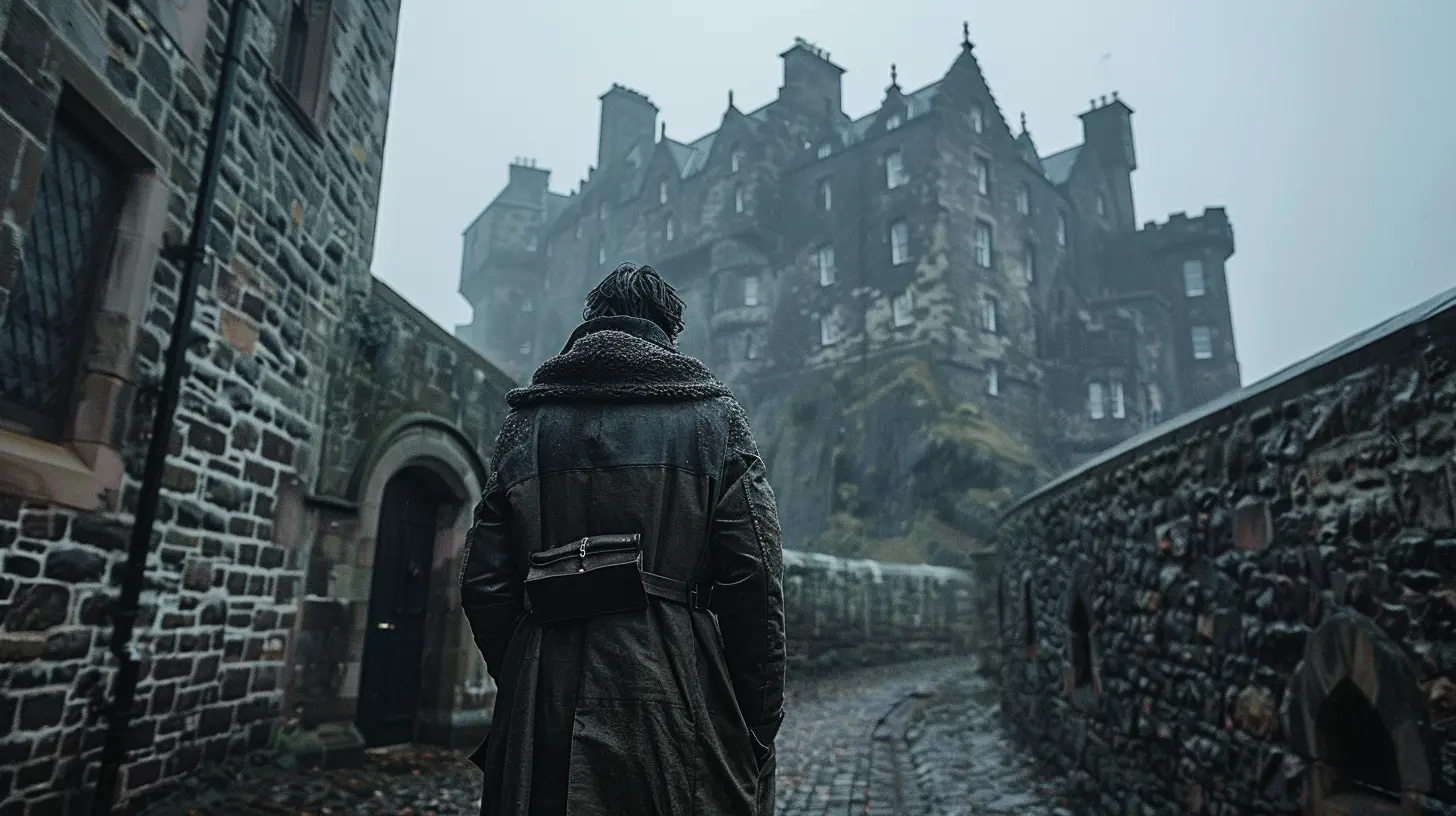Exploring Scotland’s Edinburgh Castle: A Fortress of Kings
8 July 2025
Edinburgh Castle stands tall and proud over Scotland's capital, dominating the city's skyline and telling a tale as old as time itself. It's not just a castle—it's a symbol of Scotland's history, resilience, and royalty. From bloody battles to ghostly legends, this ancient stronghold has witnessed it all. Whether you're a history buff, a lover of breathtaking views, or simply someone who enjoys a good story, Edinburgh Castle is a must-visit destination.
So, what makes this fortress so fascinating? Let’s journey through its walls and uncover its secrets.

A Castle Perched on an Extinct Volcano
Ever wondered why Edinburgh Castle sits so dramatically above the city? That’s because it was built on Castle Rock, an extinct volcanic formation that provided natural protection against invaders. The steep cliffs surrounding the castle made it almost impossible to breach, giving it a strategic advantage in Scotland’s turbulent past.The first signs of human settlement on Castle Rock date back to the Iron Age, but the fortress as we know it took shape over the centuries, evolving from a simple wooden stronghold into an imposing medieval fortress. Today, it stands as one of Scotland's most iconic landmarks, attracting millions of visitors each year.

A Fortress With a Royal Legacy
Edinburgh Castle wasn’t just a military stronghold; it was a royal residence for Scottish kings and queens. Some of the most significant events in Scotland’s royal history unfolded within these very walls.One of the most famous residents of the castle was Mary, Queen of Scots. She stayed here in 1566 and gave birth to her son, James VI of Scotland, who would later become James I of England, uniting the two crowns.
Over the years, the castle changed hands multiple times during conflicts between the Scots and the English. It played a central role in the Wars of Scottish Independence, with figures like William Wallace and Robert the Bruce fighting for control over it.
The Honours of Scotland
Did you know that Scotland has its own crown jewels? The Honours of Scotland, which include a crown, a sceptre, and a sword of state, are kept at Edinburgh Castle. These precious artifacts date back to the 15th and 16th centuries and have a history almost as dramatic as the castle itself.At one point in history, the Honours were hidden to prevent them from falling into enemy hands. They were rediscovered in 1818 and have been on display ever since. Today, visitors can see them in the Crown Room, where they continue to be a symbol of Scotland's heritage.

The One O’Clock Gun: A Time-Honored Tradition
Ever heard a cannon fire in the middle of the day? If you’re near Edinburgh Castle at precisely 1 PM, you’ll hear the One O’Clock Gun.This tradition dates back to 1861, when it was introduced as a time signal for ships in the Firth of Forth. Back in the day, sailors and city residents relied on this daily shot to set their clocks. Today, it remains a beloved spectacle that draws crowds eager to witness a piece of living history.
So, if you're planning a visit, make sure to be there just before 1 PM—trust me, this is one boom you won’t want to miss!

Edinburgh Castle’s Spooky Side
Scotland is known for its ghost stories, and Edinburgh Castle is no exception. With a history full of battles, executions, and sieges, it’s no surprise that this fortress has its fair share of paranormal activity.One of the most famous legends is that of the Lone Piper, a ghostly musician who was once sent into the castle’s underground tunnels to map them out. He played his bagpipes as he walked, so those above ground could track his progress. But suddenly, the music stopped—and he was never seen again. To this day, some visitors and castle staff claim to hear the faint sound of bagpipes echoing through the halls.
There’s also the tale of the Headless Drummer, whose ghost is said to appear only when the castle is in danger. His identity remains a mystery, but many believe he was executed within the castle centuries ago.
The Great Hall: A Medieval Masterpiece
As you step into The Great Hall, you’ll feel like you've traveled back in time. Built in 1511 by King James IV, this hall was designed for royal banquets, ceremonies, and grand celebrations.The most striking feature of the Great Hall is its stunning hammerbeam roof, which has remained intact for over 500 years. The walls are adorned with suits of armor and deadly medieval weapons, offering a glimpse into Scotland’s warrior past.
If these walls could talk, they’d have centuries of royal gossip to spill!
St. Margaret’s Chapel: Edinburgh’s Oldest Building
Nestled within the castle grounds is St. Margaret’s Chapel, the oldest surviving building in Edinburgh, dating back to the early 12th century.Built by King David I in honor of his mother, Queen Margaret, this small but sacred chapel has withstood wars, sieges, and centuries of change. Despite being the oldest structure within the castle, it continues to be used for weddings and intimate ceremonies today.
Talk about history standing the test of time!
Unbeatable Views of Edinburgh
If there’s one thing you absolutely must do at Edinburgh Castle, it’s soaking in the breathtaking views of Edinburgh. From the castle’s elevated position, you can see the Royal Mile, Arthur’s Seat, and beyond.It’s the perfect spot to snap some photos, enjoy the fresh Scottish air, and take a moment to appreciate the stunning beauty of Auld Reekie—Edinburgh’s affectionate nickname.
Planning Your Visit to Edinburgh Castle
If you’re itching to walk through history and experience this magnificent fortress for yourself, here are a few tips:- Best Time to Visit: Early morning or late afternoon to avoid the crowds. Summer months (June–August) are the busiest, while autumn and winter offer a quieter, more atmospheric experience.
- Tickets: It’s highly recommended to book tickets in advance, especially during peak travel seasons.
- Getting There: The castle is easily accessible via the Royal Mile, the historic street that connects it to Holyrood Palace.
- Allow Plenty of Time: There’s so much to see! Give yourself at least two to three hours to visit all the key attractions.
Final Thoughts
Edinburgh Castle isn’t just a fortress; it’s a living piece of Scotland’s history. From its royal past to its haunting legends, from its medieval grandeur to its unbeatable views, this castle has something for everyone.Whether you're walking in the footsteps of kings, marveling at ancient relics, or listening for ghostly whispers in the dark, one thing’s for sure—this is a place where history comes alive. So, if you ever find yourself in Scotland, don’t just admire the castle from afar. Step inside and let the magic of this legendary fortress take you on an unforgettable journey.
all images in this post were generated using AI tools
Category:
Must See LandmarksAuthor:

Winona Newman
Discussion
rate this article
2 comments
Bella McAuley
Edinburgh Castle: A must-see for every traveler!
September 22, 2025 at 4:31 AM

Winona Newman
Absolutely! Edinburgh Castle is a captivating blend of history and stunning views, making it a must-visit for anyone exploring Scotland.
Payton Hodge
Majestic views, rich history!
July 11, 2025 at 4:56 PM

Winona Newman
Thank you! Edinburgh Castle truly embodies both breathtaking scenery and a fascinating past.


